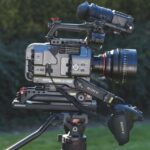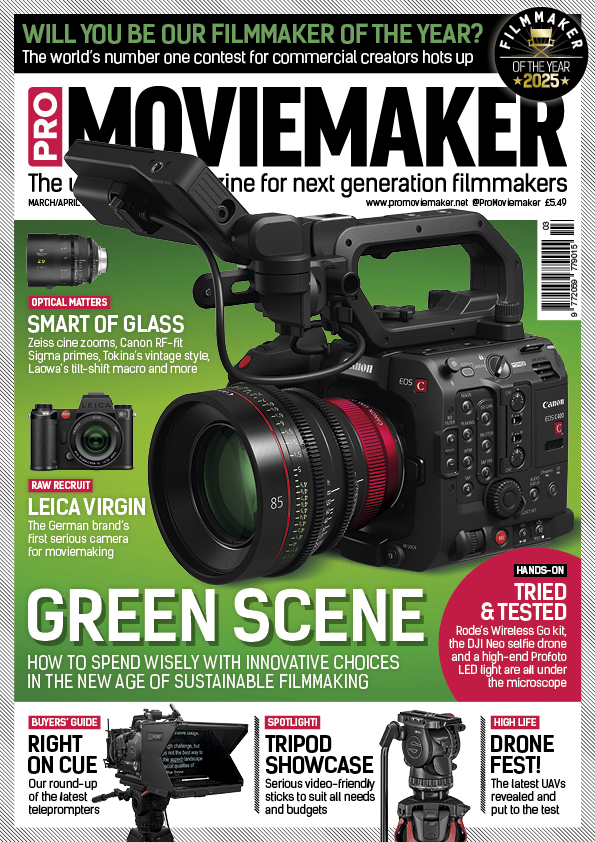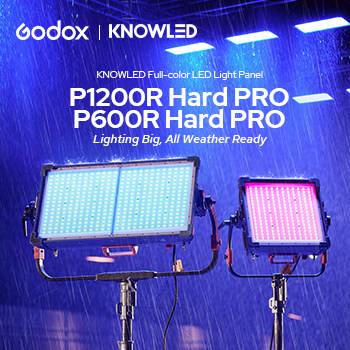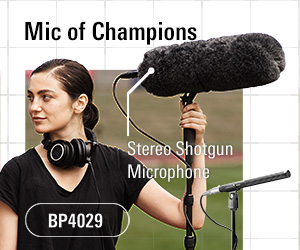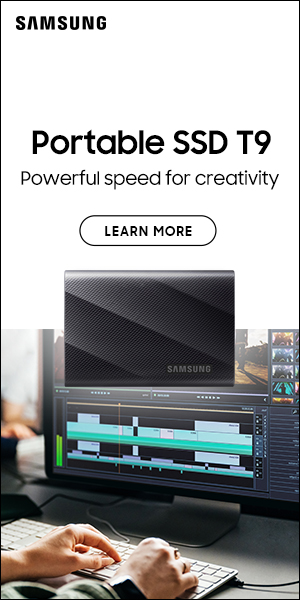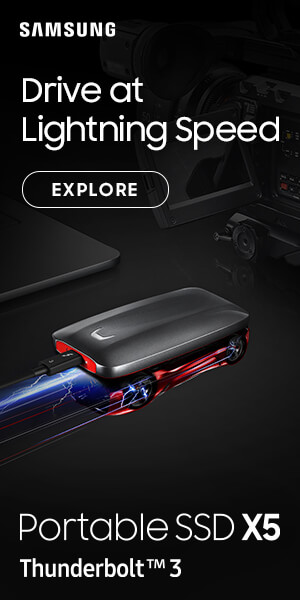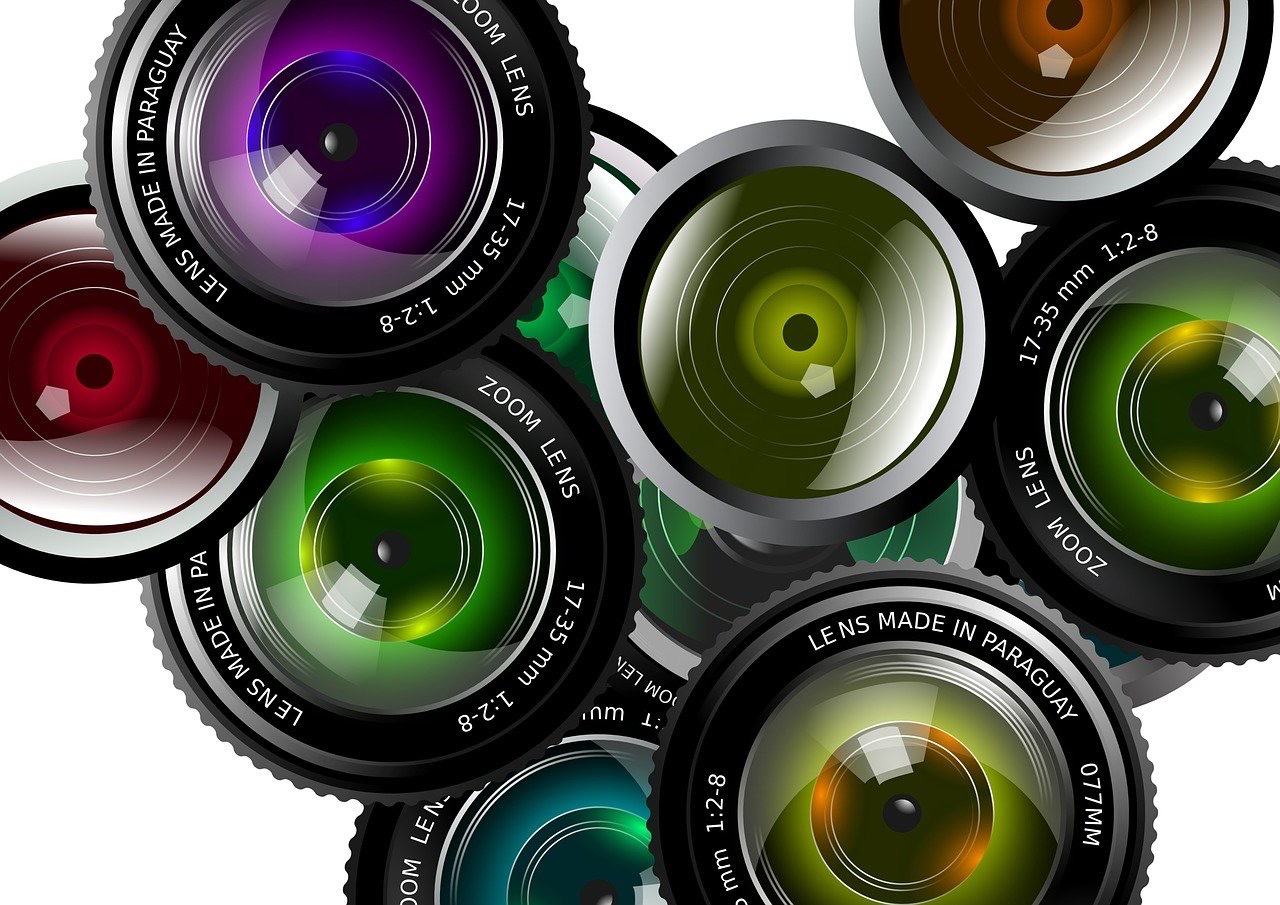
Top kit to rent
Posted on Apr 10, 2025 by Pro Moviemaker
Our choice of the best equipment that makes perfect sense to hire
Aputure Electro Storm CS15
- Why rent? Very large and powerful
- What else might you need? Sturdy stands and modifiers to fit
While lighting brand Aputure originally made its name releasing powerful-yet-affordable LED lights, the company now also targets the high-end filmmaking market with incredibly potent units and large modifiers to suit. These are more expensive, but make a great rental option, especially if you need several for a large set.
The Electro Storm XT26 is one of the most powerful COB lights on the market. This 2600W LED with white CCT and tint control approaches the brightness of industry-standard 12,000W tungsten fresnels and 4000W HMIs. But it’s not full colour. For that, look at the Electro Storm CS15.
At 1500W, the CS15 isn’t as powerful as the XT26, but gives more creative options with its full colour. It features high SSI colour quality and IP65 dust- and water-resistant construction. It’s comparable in power to 1800W HMIs.
The Electro Storm CS15 boasts the re-engineered dual-blue LED chipset that Aputure recently pioneered. This gives a high spectral reproduction with an ultra-high SSI (Tungsten) of 89+ and SSI (D56) of 86+.
It has the universal Bowens mount and all-new electronic A-Mount, which is Aputure’s latest innovation to give stability to the heaviest modifiers. These include three reflectors in 20°, 35° and 50° sizes plus the new 14-inch Aputure F14 fresnel. The A-Mount also communicates data for colour accuracy and motorised focus control.
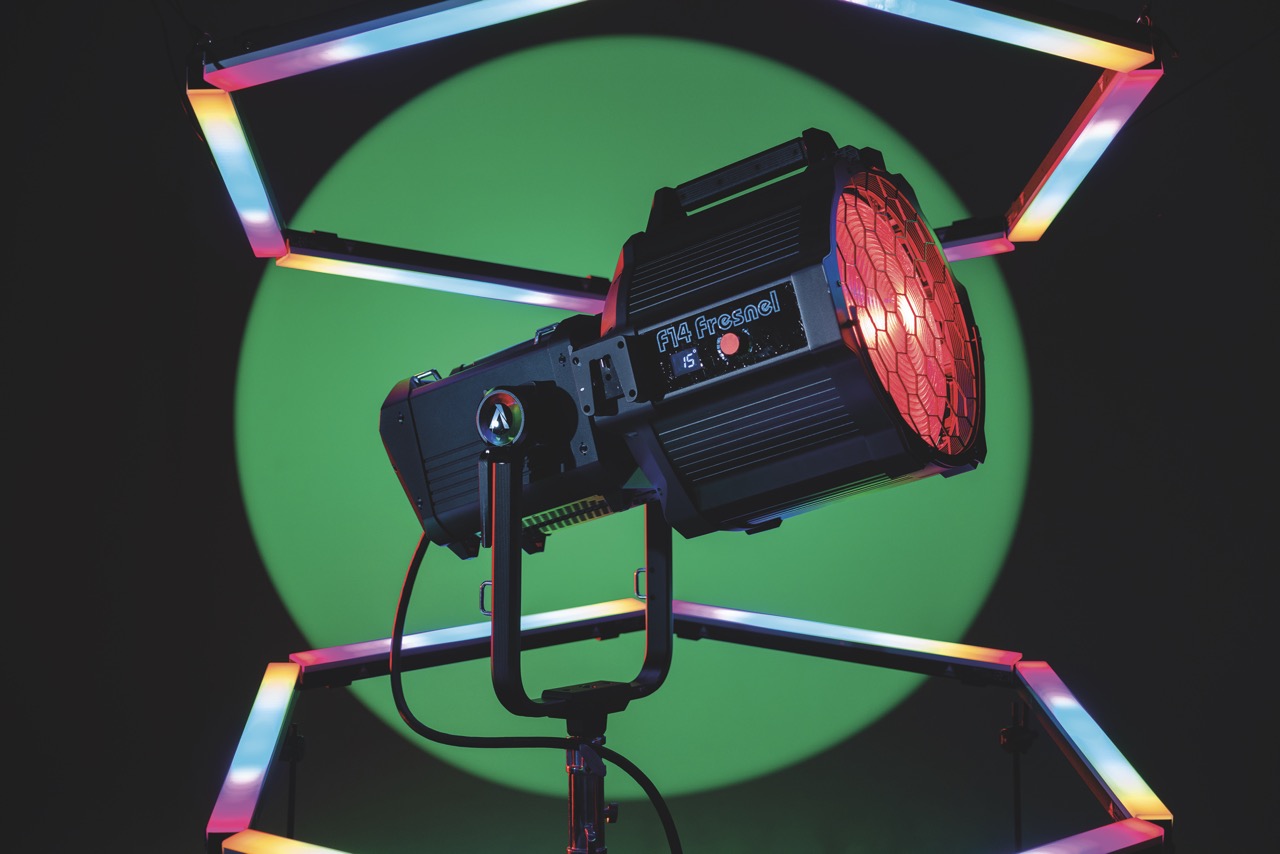
Blackmagic Pyxis 6K
- Why rent? It’s pretty new, so very few are available used
- What else might you need? Blackmagic’s Ursa Cine EVF for shooting outdoors
If the incredible Blackmagic Pyxis 6K had been around for just a little longer, we’d have no hesitation in recommending it be bought used as it offers incredible spec and a shockingly low price of just £2910/$2995 for the locking EF mount. For that you get a full-frame cinema camera that records 6K Raw footage internally.
Choice of lens mount also includes the L-Mount or PL mount, but since it’s brand new and early buyers love it, chances are you’ll need to rent. It’s a rugged unit with a box design made from aerospace-grade aluminium, and has multiple mounting points and accessory side plates that make it easy to rig up. It even features an SSD plate to mount a USB-C drive for recording or mobile phone for live streaming.
The Pyxis also boasts a 36x24mm, 6048×4032-pixel sensor with dual native ISO up to 25,600. It offers 13 stops of dynamic range and will record to dual CFexpress media cards in codecs including Blackmagic Raw, as well as syncing media with Blackmagic’s Cloud platform.
It can shoot in all standard resolutions and frame rates, from HD up to DCI 4K and 6K, as well as stills at 24.6 megapixels. It records to 36fps at 6048×4032 3:2 open gate or 60fps at 6048×2520 2.4:1. The sensor can also be windowed to shoot up to 100fps, but in a Super 16 crop.
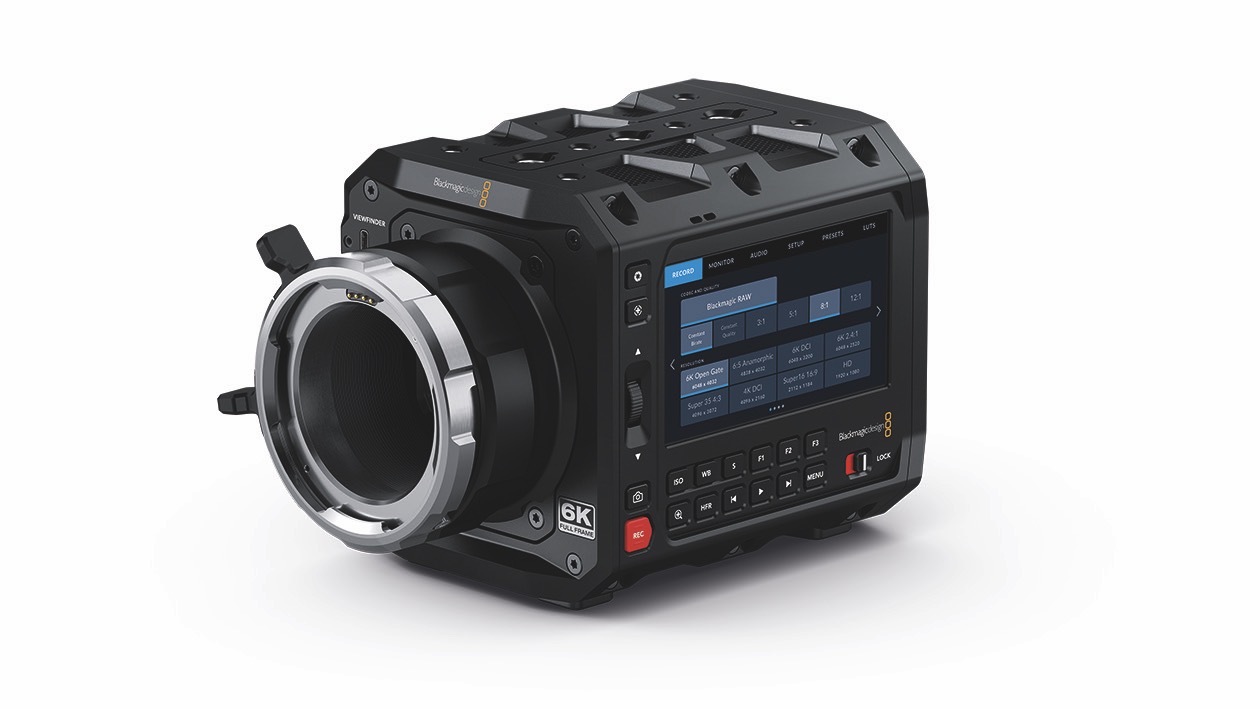
Fujifilm GFX100 II
- Why rent? The unique look from this huge sensor is simply sublime
- What else might you need? GF lenses to match the G-Mount
If you want to give your latest project the unique look and true cinematic style that only comes from using an oversized sensor, the Fujifilm GFX100 II is by far the most accessible option. But to take advantage of the camera’s impressive AF, you’ll need a bank of GF-fit lenses, which many filmmakers simply don’t have. This makes rental a great choice. Industry-standard PL, LPL and other lens mounts can be used via adapters thanks to the camera’s shallow flange depth, so this could be another solution.
The GFX100 II is the first of the large format GFX System cameras to offer a high-end moviemaking spec. It has a new 102-megapixel CMOS sensor that measures 43.8×32.9mm.
There is a wide range of recording options, from Raw output to camera-to-cloud integration for instant workflows. 4K/60p in 4:2:2 10-bit can be captured internally at almost full sensor width (43.63mm). If you need higher resolution, there’s also 8K/30p and for super slow-motion, Full HD in 120p is also possible.
Footage can be recorded internally to a CFexpress card, externally directly to an SSD via the USB-C port or full-sized HDMI. This allows formats including Raw to be recorded externally on compatible devices such as an Atomos monitor and recorder, which saves the footage in 12-bit Apple ProRes Raw at up to 8K/29.97p or in 12-bit Blackmagic Raw with the Blackmagic Video Assist 12G HDR device.
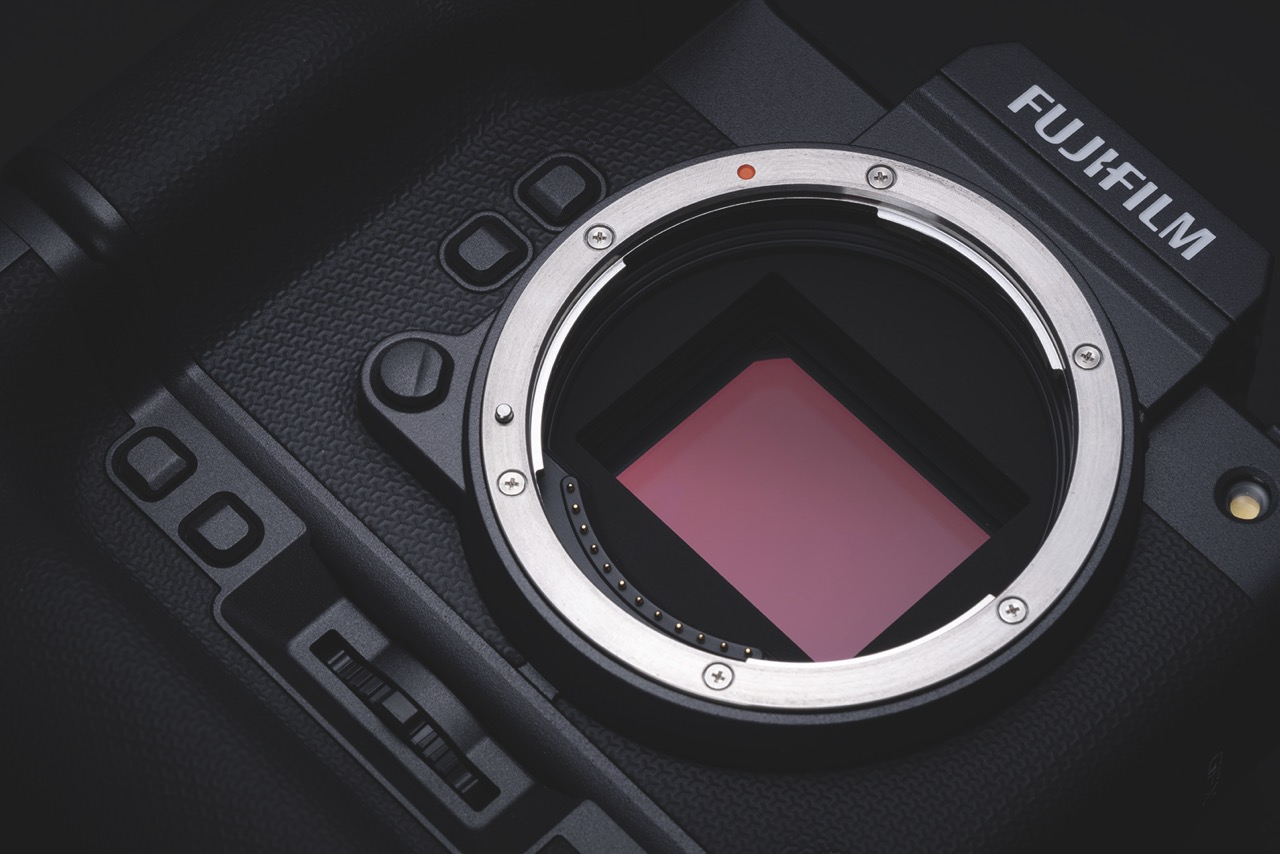
Cooke SP3 primes
- Why rent? Get the Cooke Look on your mirrorless camera
- What else might you need? VND filters or matte box
If you yearn for the legendary Cooke Look that’s only produced by the historic British lenses, they’re now available in a set that’s smaller and cheaper than the brand’s famous Speed Panchro series. The set is a dream buy for many, but is likely a rental-only option for indie companies.
Cooke started its SP3 range with five lenses, but recently added an 18mm T2.4 model to the 25, 32, 50, 75 and 100mm focal length selection. They come with Sony E-mount installed, but Canon RF mount and L-Mount are also available, which can be fitted by the user in minutes.
All have an aperture range of T2.4-16 and are small and lightweight compared to other Cookes, yet have a solid construction that’s built to last for a long time. The SP3s are Cooke’s lightest lenses, weighing in at between 500g/1.1lb and 690g/1.52lb, including the lens mount, making them practical for use on gimbals and drones.
All the lenses have 0.8M geared rings for focus and iris control, and are similarly sized. The 100mm version is physically longer, but the consistent control ring placement makes it fast to change lenses when using follow focus.
SP3 primes offer fall-off towards the edge of frame, which is a key factor in the famous cinematic look.
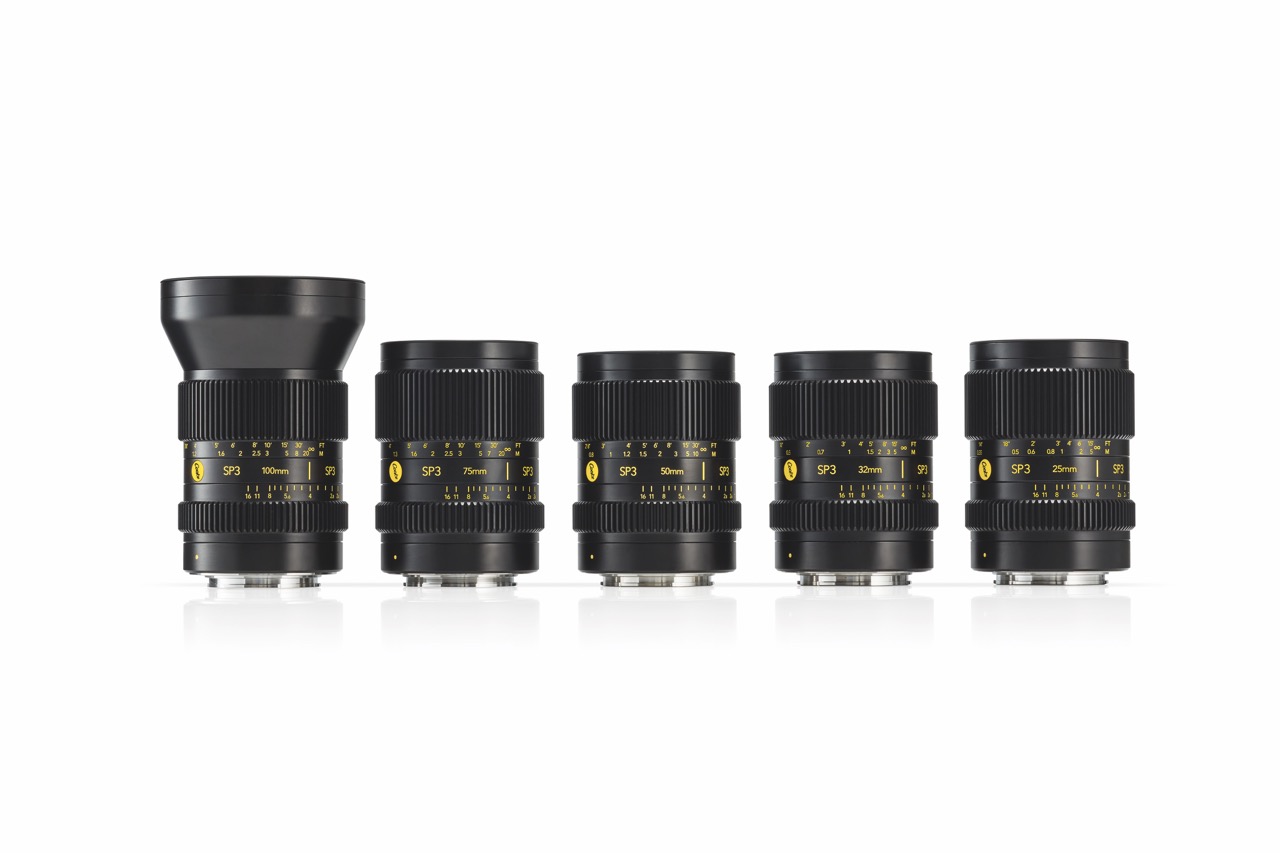
Canon EOS C400
- Why rent? New and in very high demand, so hard to get hold of used
- What else might you need? RF-fit glass
Canon’s C400 is the first Cinema EOS to feature the large RF mount. It’s versatile and packed with all Canon’s know-how gleaned from its full-frame mirrorless and high-end cinema ranges and is very competitively priced. At £7799/$7999, it’s about the same as the C300 Mark III and significantly less than the C500 Mark II, which has already been slashed in price from its original £16,999/$15,999. That means the C400 is hard to get hold of, and to get the best out of it you’ll need some RF-fit lenses too.
The C400 is capable of up to 2.1Gbps bit rate thanks to its high-quality setting, squeezing all the data from the sensor. In 4K, the C400 can reach 120p – although it uses a Super 35 crop if shooting Raw.
Some of the best results are using 4K oversampled from the 6K sensor, which opens up more frame rates. There’s 6K Raw for ultimate image quality or 4K/120p full-frame for super slow-motion.
The C400 will probably go down in history as a landmark camera for Canon, where it put itself back at the top of the pile for many different productions. It has stunning AF, lots of slow-motion options, great colour science and the controls of a camera designed for shooting professionally, so it’s perfect for rental.
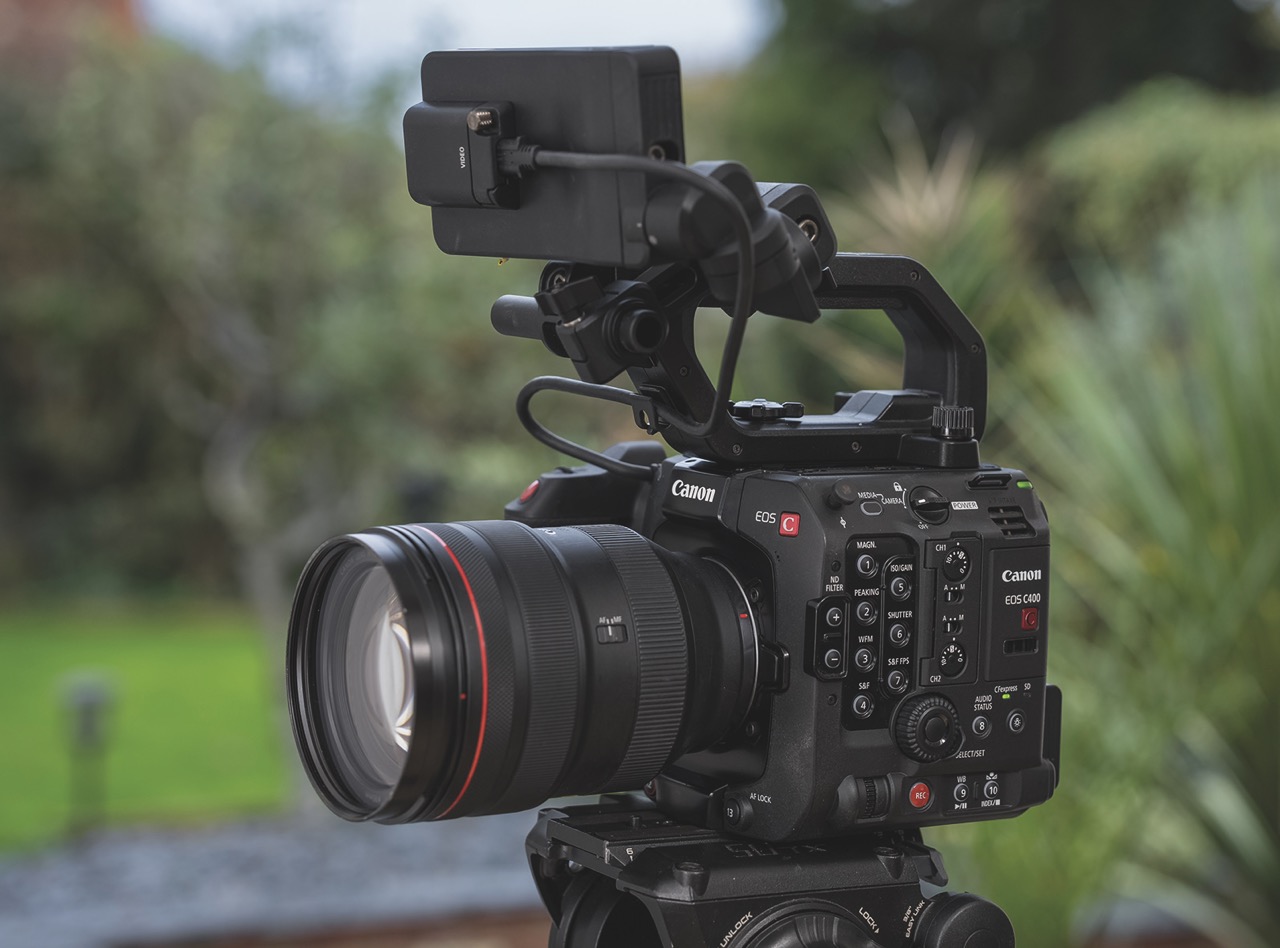
Zeiss Nano primes
- Why rent? A superfast set of compact primes with sharp rendering
- What else might you need? Follow focus, VND or matte box
Zeiss has long been the go-to prime lens set for serious filmmakers with the CP.2 range, which was superseded by the more compact and higher-quality CP.3 range. Now the German brand offers the even faster Nano Prime range, the first high-speed T1.5 cine lenses made specifically
for mirrorless full-frame cameras.
Initially available in Sony E-mount, the Nano lenses are compact and light, available in 18, 24, 35, 50, 75 and 100mm. The optical design delivers an extremely shallow depth-of-field, even in the wide-angle range, with smooth bokeh and focus fall-off aided by a 12-bladed aperture.
There’s a consistent positioning of the focus and iris rings across all focal lengths for quick lens changes. The calibrated focus scales are easy to read and a long 280° focus rotation aids more precise focus pulling. The iris ring features 90° rotation and a non-linear scale which can enable fine adjustments.
Instead of a separate plug-in unit to record data, the Nanos have an electronic interface in the lens mount, just like most AF lenses. It also means focal length info can be passed onto any camera that uses it for in-body image stabilisation.
The Nano Primes can also have their mounts changed to fit different cameras, but only in other mirrorless mounts.
The lenses can be bought as a complete E-mount set including a lens case at £24,000/$25,950 or individually from £4200/$4490, so make an ideal rental option for many.
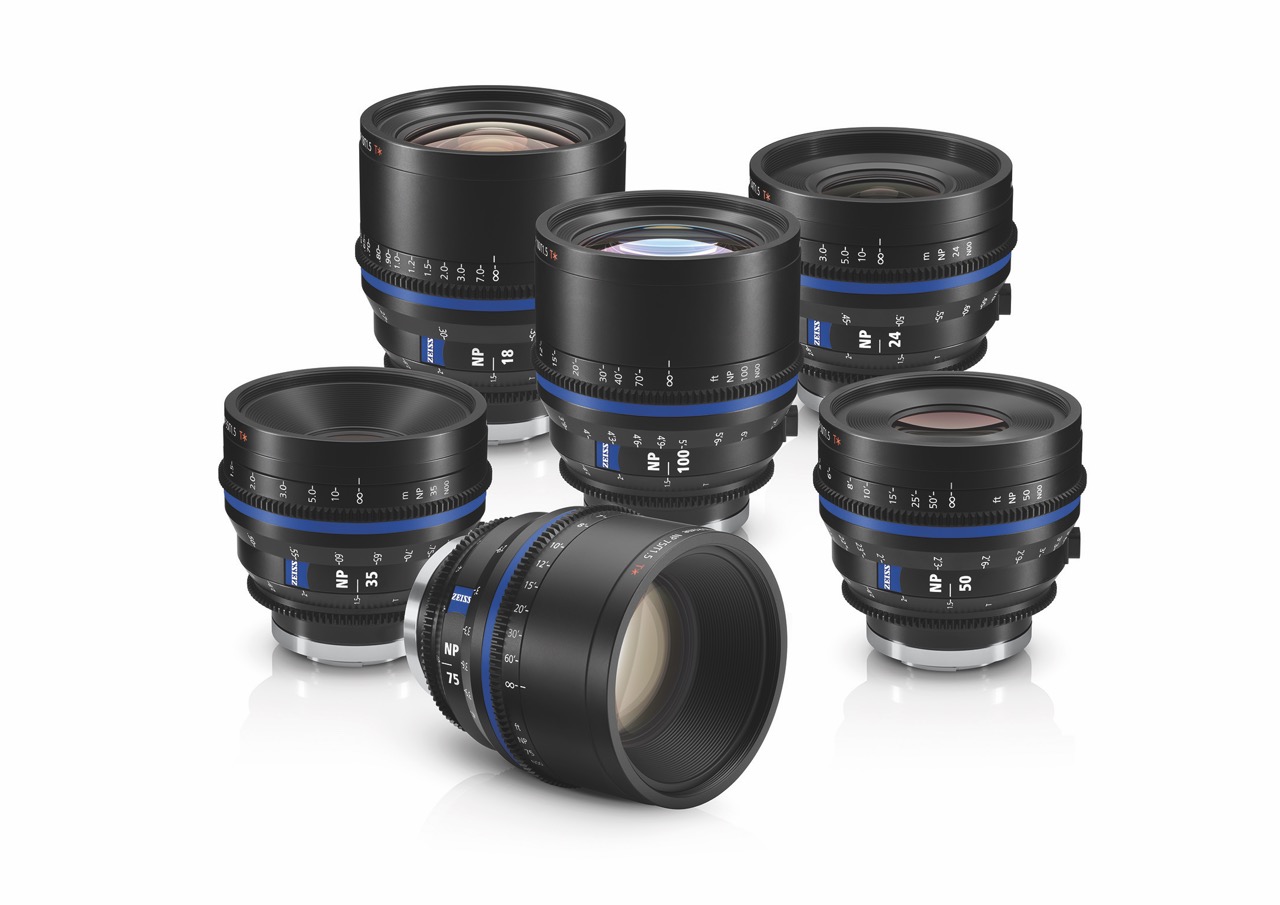
Nikon Z 8
- Why rent? It’s a Raw-shooting wonder cam in a compact package
- What else might you need? Z mount lenses to fit
The Nikon Z 8 takes the best of the flagship Z 9, but is lighter and uses a smaller body without an integrated vertical grip. Yet it includes the Z 9’s sensor, codecs, stacked sensor and intelligent AF. The Z 8 balances perfectly on any rig and most gimbals.
The Z 8’s 45.7-megapixel full-frame sensor gives an 8.3K native video resolution and can record 12-bit Raw video in camera up to 8.3K/60p or 4.1K/120p. It also records 10-bit HLG video for HDR and 8K/60p internally for up to 90 minutes.
The body still has pro-grade weather sealing, and is the first Nikon mirrorless camera to feature two USB-C ports, which makes it possible to transfer files while charging. However, unlike the Z 9 which has two CFexpress Type B slots, the Z 8 only has one, and an SD slot.
It can shoot 12-bit Raw footage in camera with Nikon’s NRAW files, which are half the size of a ProRes Raw HQ file. In-camera Full HD proxy files are created when shooting internal 8.3K NRAW or 4.1K ProRes Raw HQ. It can record 10-bit ProRes 422 HQ internally too.
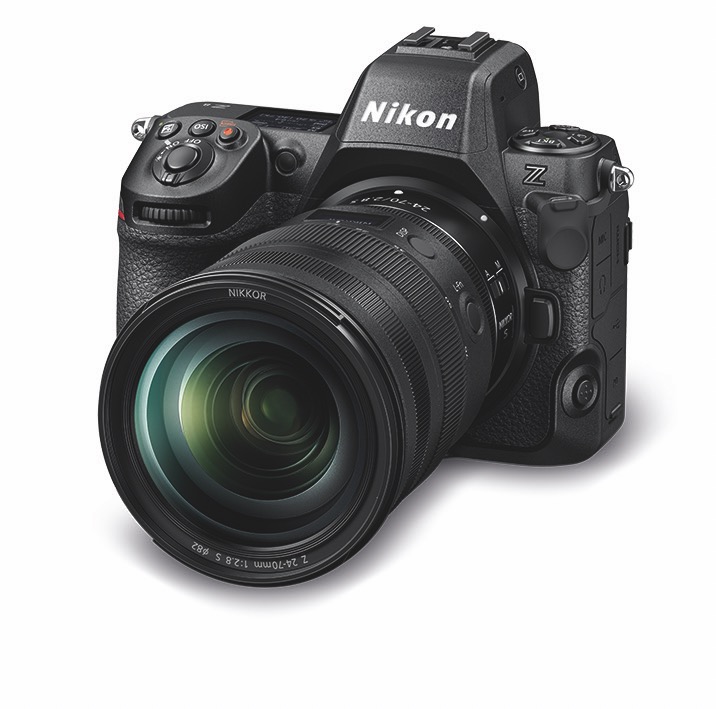
Canon hybrid RF lenses
- Why rent? Expensive for a full set
- What else might you need? Powerzoom adapters for zoom lenses
If you want the best video lenses to use on the latest Canon RF mount cameras then there is now a set of five to choose from. There are the latest 70-200mm f/2.8L IS USM Z, 50mm f/1.4L VCM and 24mm f/1.4L VCM lenses, which join the current 24-105mm f/2.8 and 35mm f/1.4 hybrid optics.
All these lenses are packed with features for shooting video, such as a smooth-operation iris ring with an 11-bladed circular aperture, fast and accurate low-light performance, as well as advanced optics and minimal focus breathing.
The new 70-200mm f/2.8 is the same size as the 24-105mm and has an identical maximum aperture, while the 24mm and 50mm primes share the same size and aperture range as the 35mm to help with fast rigging and lens changes. They are ideal for use on Canon EOS C70, C80 and C400 cameras, as well as RF-fit Red cameras like the Komodos and V-Raptors.
These zooms offer servo zoom control via optional powerzoom adapters, making them great for run-and-gun use or live streaming. The adapters can be used by hand or remotely via Canon’s Camera Connect or EOS Utility apps, Browser Remote function or over IP using Canon’s XC Protocol with compatible models.
The primes have Nano USM and Voice Coil Motors for fast autofocus and near-silent operation.
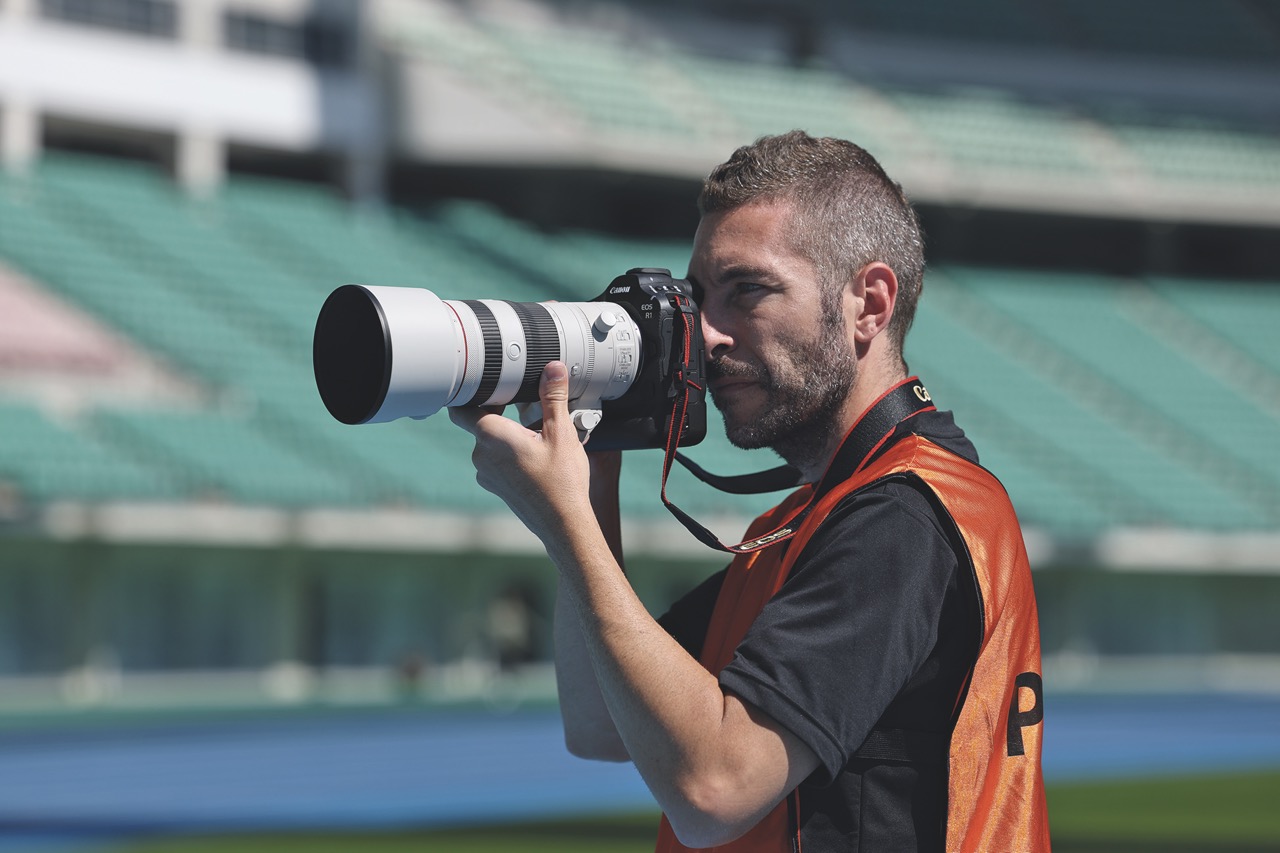
Sony Burano
- Why rent? Incredible colours just like the flagship Venice
- What else might you need? Lots of CFexpress cards to record in 8K Raw
Sony’s Burano cinema camera matches the colour science of the flagship Venice 2, but is designed for single-camera operators and small crews. As the first digital cinema camera with a PL mount to feature in-body image stabilisation, the Burano costs £25,789/$25,000 to buy, but that’s half the price of the Venice 2, which is for multi-person crews. Though still housed in a rugged magnesium chassis, the Burano is 32mm shorter and 1.4kg lighter.
By removing the Burano’s PL mount, it can be used with Sony E-mount lenses, which supports fast hybrid and subject recognition AF. It also has a new super-thin electronically variable ND filter.
The Burano has an 8.6K full-frame sensor that shares most of the Venice 2’s specifications, so it can work alongside the pricier camera. The Burano sensor features a dual base ISO of 800 and 3200 and 16 stops of dynamic range, and can record up to 8K at 30p, 6K/60p or 4K/120p.
The camera supports multiple internal recording formats, including the new XAVC H for 8K, which uses the MPEG-H HEVC/H.265 high compression efficiency codec. Other recording formats include XAVC and X-OCN LT. X-OCN is Sony’s original compressed Raw format that can capture information shot with 16-bit linear data, giving more colour grading freedom in post. It can also reduce file transfer time and storage size load.

This article was first published in the March/April 2025 issue of Pro Moviemaker


